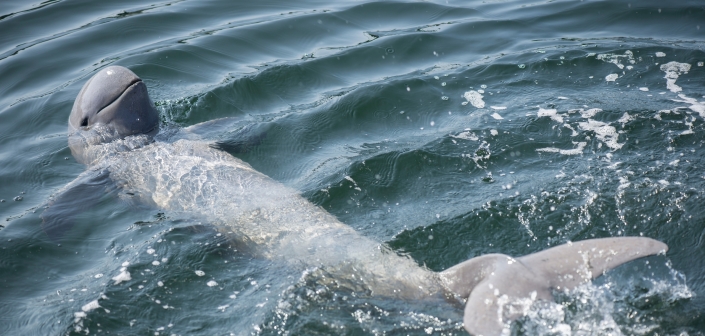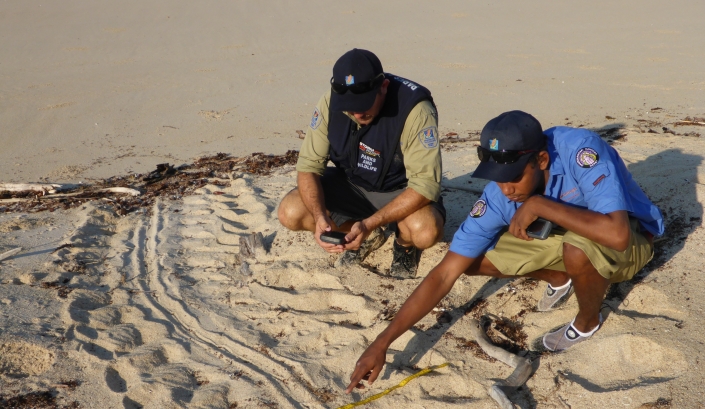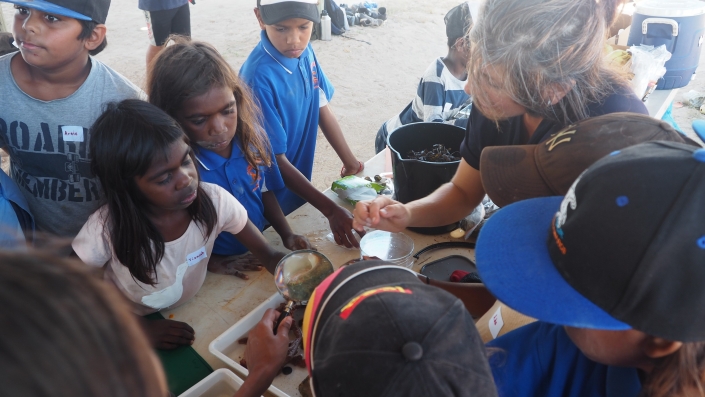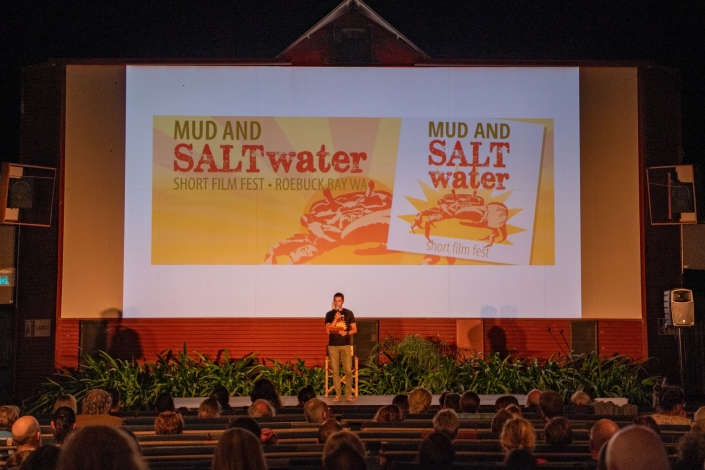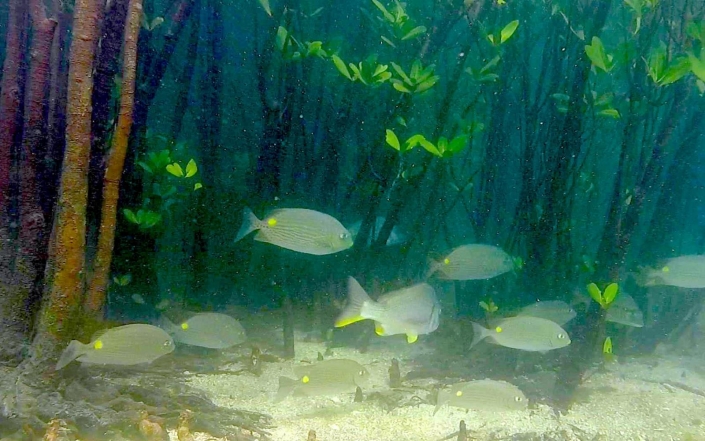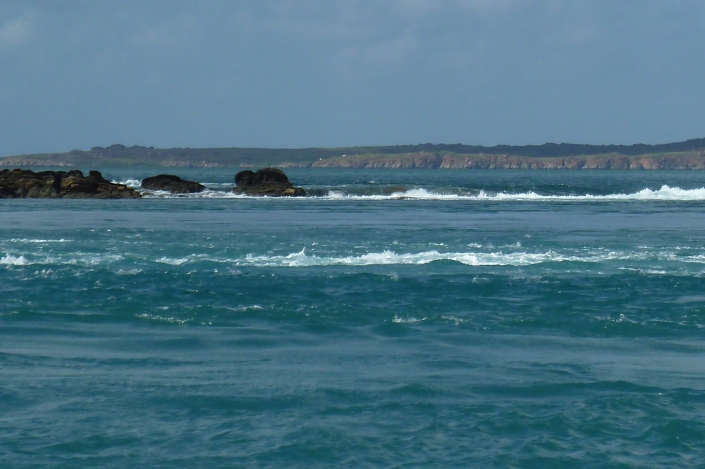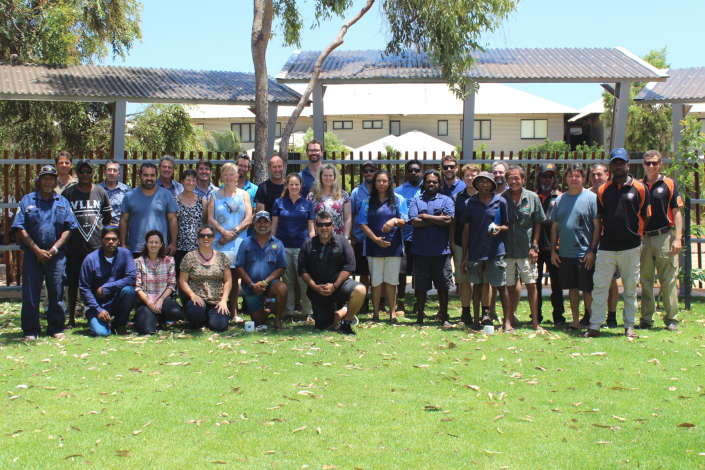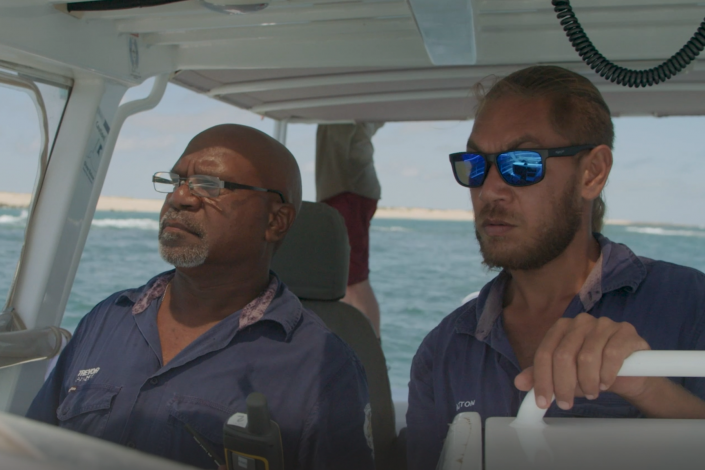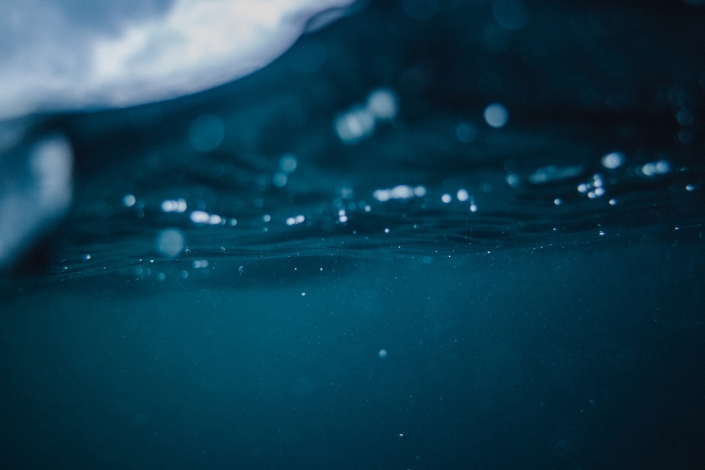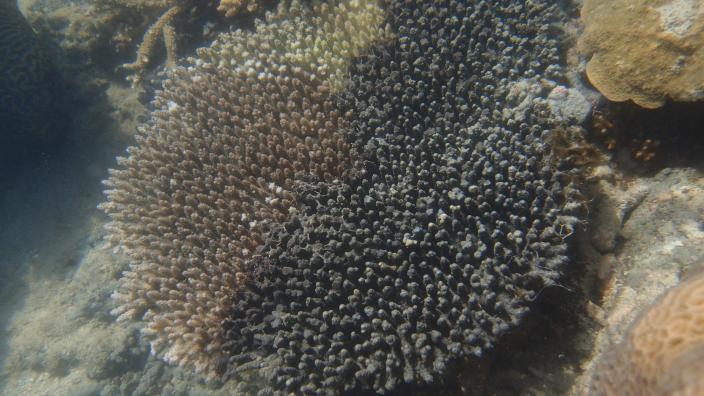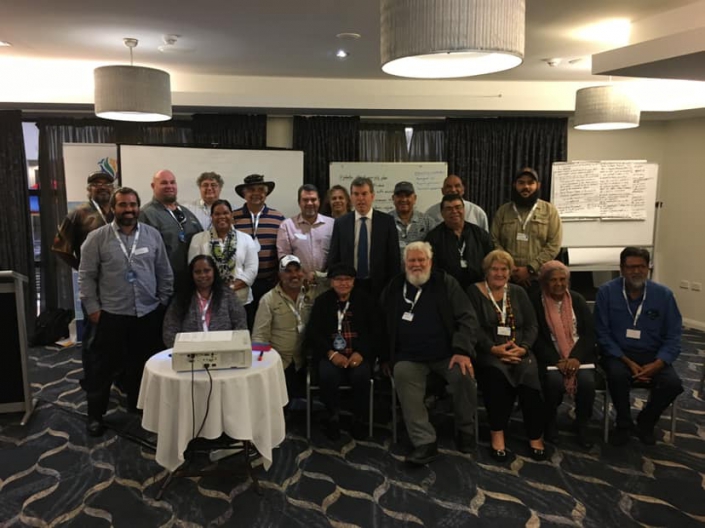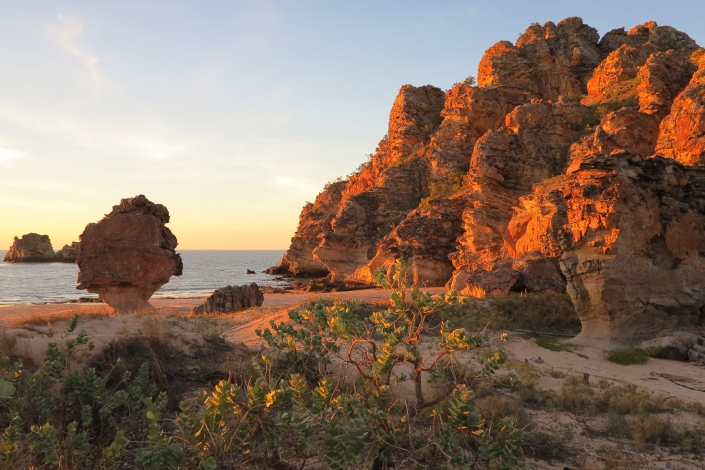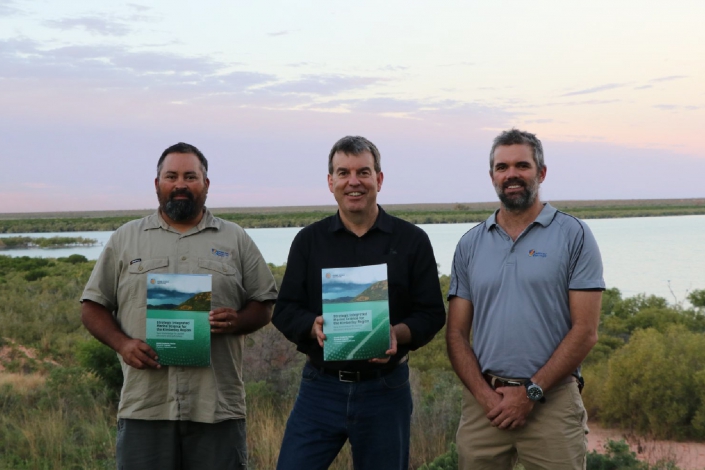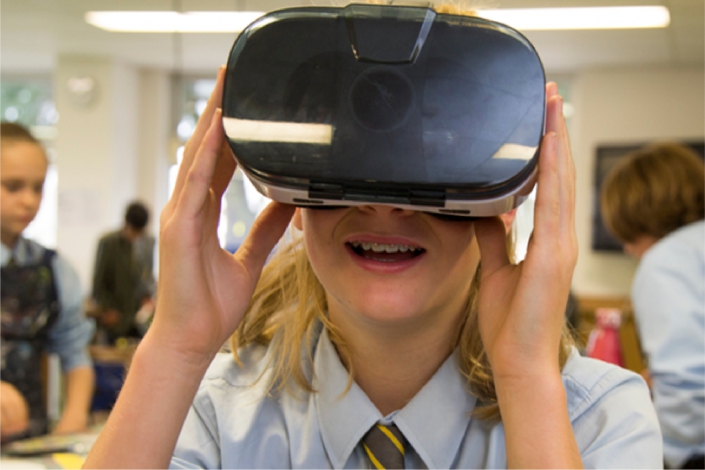Brown A, Bejder L, Parra G, Cagnazzi D, Hunt T, Smith J, Allen S (November 2015) Sexual Dimorphism and Geographic Variation in Dorsal Fin Features of Australian Humpback Dolphins, Sousa sahulensis Advances in Marine Biology doi:10.1016/bs.amb.2015.08.002
Brown G, Strickland-Munro J, Kobryn H, Moore S (Dec 2015) Stakeholder analysis for marine conservation planning using public participation GIS Applied Geography doi:10.1016/j.apgeog.2015.12.004
Bufarale G and Collins LB Stratigraphic architecture and evolution of a barrier seagrass bank in the mid-late Holocene, Shark Bay, Australia. Marine Geology 11/2014; 359. DOI:10.1016/j.margeo.2014.11.010
Collins LB, O’Leary MJ, Stevens AM, Bufarale G, Kordi M, Solihuddin T (2015) Geomorphic Patterns, internal architecture and Reef Growth in a macrotidal, high turbidity setting of coral reefs from the Kimberley Bioregion. Australian Journal of Maritime & Ocean Affairs, Volume 7, Issue 1, pp 12-22. DOI: 10.1080/18366503.2015.1021411
Dandan SS, Falter JL, Lowe RJ, McCulloch MT Resilience of coral calcification to extreme temperature variations in the Kimberley region, northwest Australia Coral Reefs ISSN: 0722-4028 (Print) 1432-0975 (Online) pp 1-13 First online: 09 August 2015 DOI 10.1007/s00338-015-1335-6
Du Y, Zhang Y, Feng M, Wang T, Zhang N and Wijffels S Decadal trends of the upper ocean salinity in the tropical Indo-Pacific since mid-1990s Scientific Reports 5, Article number: 16050 (2015) doi:10.1038/srep16050
Feng M, Benthuysen J, Zhang N, and Slawinski D (October 2015) Freshening anomalies in the Indonesian throughflow and impacts on the Leeuwin Current during 2010–2011 Research Letter DOI: 10.1002/2015GL065848
Feng M, Hendon HH, Xie SP, Marshall AG, Schiller A, Kosaka Y, Caputi N, and Pearce A (2015) Decadal increase in Ningaloo Niño since the late 1990s. Geophysical Research Letters, 42(1), DOI: 10.1002/2014GL062509.
Kordi MN, Collins LB, O’Leary M, Stevens A (November 2015) ReefKIM: An integrated geodatabase for sustainable management of the Kimberley Reefs, North West Australia Ocean & Coastal Management doi:10.1016/j.ocecoaman.2015.11.004
Kordi MN, Collins LB, and Stevens A (2015) A Large Scale Geomorphological and Surficial Cover Map of Nearshore Reefs in the Kimberley Coast, WA. In Proceedings from Coast to Coast Conference 2014, Mandurah, Western Australia. ISBN-10: 0994357206 pp 15–20
Lowe RJ and Falter JL Oceanic Forcing of Coral Reefs Annual Review of Marine Science 2015. 7:43–66 doi: 10.1146/annurev-marine-010814-015834 view on the website
Lowe RJ, Leon AS, Symonds G, Falter JL, and Gruber R The intertidal hydraulics of tide-dominated reef platforms Journal of Geophysical Research: Oceans Volume 120, Issue 7 July 2015 Pages 4845–4868 DOI: 10.1002/2015JC010701
McKinnon AD, Doyle J, Duggan S, Logan M, Lønborg C, Brinkman R (2015) Zooplankton Growth, Respiration and Grazing on the Australian Margins of the Tropical Indian and Pacific Oceans. PLoS ONE 10(10): doi: 10.1371/journal.pone.0140012
Richards ZT, O’Leary MJ, The coralline algal cascades of Tallon Island (Jalan) fringing reef, NW Australia. Coral Reefs June 2015, Volume 34, Issue 2, pp 595-595 First online: 04 February 2015 doi: 10.1007/s00338-015-1262-6
Schoepf V, Stat M, Falter JL, McCulloch MT (December 2015) Limits to the thermal tolerance of corals adapted to a highly fluctuating, naturally extreme temperature environment. Nature Scientific Reports doi:10.1038/srep17639
Solihuddin T, Collins LB, Blakeway D, O’ Leary MJ (2015) Holocene coral reef growth and sea level in a macrotidal, high turbidity setting: Cockatoo Island, Kimberley Bioregion, northwest Australia. Marine Geology Volume 359, 1 January 2015, Pages 50–60 doi:10.1016/j.margeo.2014.11.011
Xua J, Lowe RJ, Ivey GN, Jones NL, and Brinkman R Observations of the shelf circulation dynamics along Ningaloo Reef, Western Australia during the austral spring and summer. Continental Shelf Research Volume 95, 1 March 2015, Pages 54–73 doi:10.1016/j.csr.2014.12.013
Zinke J, Hoell A, Lough JM, Feng M, Kuret AJ, Clarke H, Ricca V, Rankenburg K, and McCulloch MT (October 2015) Coral record of southeast Indian Ocean marine heatwaves with intensified Western Pacific temperature gradient, Nature Communications DOIi:10.1038/ncomms9562

